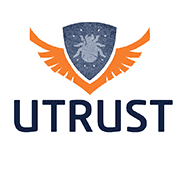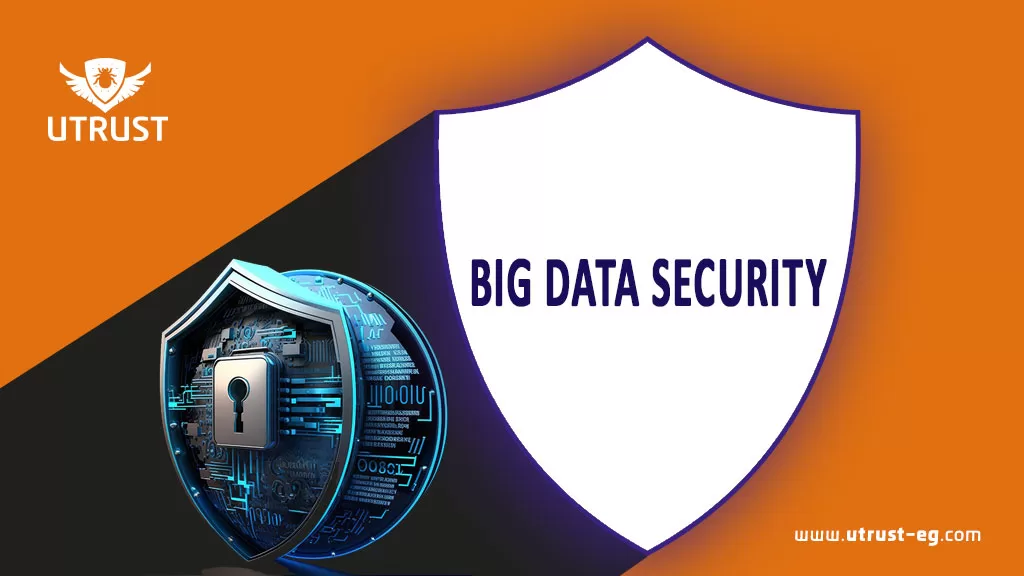Enhancing Big Data Security: Best Practices for Protecting Valuable Data
Improving big data security is crucial as organizations increasingly rely on the collection, storage, and analysis of large volumes of data. Protecting this data from unauthorized access, breaches, and misuse is essential to maintain trust, comply with regulations, and safeguard sensitive information.
Common vulnerabilities that organizations should be aware of when it comes to big data security
When it comes to big data security, organizations should be aware of several common vulnerabilities that can pose significant risks to their data. Some of these vulnerabilities include:
- Inadequate Access Controls: Weak or misconfigured access controls can allow unauthorized individuals to gain access to sensitive data. Organizations should ensure that access controls are properly implemented, regularly reviewed, and aligned with the principle of least privilege.
- Insider Threats: Insider threats, whether intentional or accidental, can be a significant risk to big data security. Organizations should have measures in place to detect and mitigate insider threats, such as monitoring user activities, implementing segregation of duties, and providing regular security awareness training to employees.
- Data Leakage: Data leakage occurs when sensitive data is unintentionally exposed or disclosed to unauthorized entities. This can happen through insecure configurations, misconfigured cloud storage, or insecure data transfer mechanisms. Robust encryption, proper access controls, and regular security assessments can help mitigate the risk of data leakage.
- Insecure Data Storage: Inadequately secured data storage systems, such as databases or data lakes, can be vulnerable to attacks. Organizations should ensure that data storage systems are properly configured, encrypted, and protected with strong access controls to prevent unauthorized access or data breaches.
- Weak Authentication and Authorization: Weak or easily guessable passwords, lack of multi-factor authentication (MFA), and inadequate authorization mechanisms can lead to unauthorized access to big data systems and compromise the security of sensitive data. Implementing strong authentication measures and enforcing proper authorization protocols are crucial to mitigate these vulnerabilities.
- Lack of Data Encryption: Failing to encrypt data both during transmission and at rest leaves it vulnerable to interception or unauthorized access. Organizations should utilize strong encryption algorithms and ensure that encryption keys are properly managed and protected.
- Insecure Data Processing: Insecure data processing can lead to vulnerabilities such as code injection, SQL injection, or cross-site scripting (XSS) attacks. Organizations should implement secure coding practices, conduct regular code reviews, and apply input validation and sanitization techniques to prevent these vulnerabilities.
- Inadequate Logging and Monitoring: Without robust logging and monitoring mechanisms, organizations may fail to detect suspicious activities, breaches, or attacks in a timely manner. Implementing real-time monitoring, log analysis, and security information and event management (SIEM) systems can help identify and respond to security incidents effectively.
- Data Integration and Interoperability Issues: Integrating data from multiple sources or sharing data with external parties can introduce security risks. Organizations should assess the security practices of third-party data providers, ensure secure data transfer protocols are used, and conduct thorough security assessments before integrating or sharing data.
- Lack of Security Awareness and Training: Insufficient security awareness among employees can lead to unintentional security breaches. Regular security training and awareness programs are essential to educate employees about best practices, such as identifying phishing attempts, creating strong passwords, and handling data securely.
The best practices for enhancing big data security
Certainly! Here are some examples of best practices for enhancing big data security:
- Implement Robust Access Controls: Establish stringent access controls to ensure that only authorized personnel can access and manipulate the data. Use strong authentication methods, such as multi-factor authentication (MFA), and enforce the principle of least privilege.
- Encrypt Data at Rest and in Transit: Utilize robust encryption techniques to protect data both when it is stored and when it is being transmitted. Implement strong encryption algorithms and ensure secure key management practices.
- Employ Data Masking and Anonymization: Anonymize or mask sensitive data to remove personally identifiable information (PII) or other sensitive attributes. This technique allows for analysis while protecting individual privacy.
- Secure Data Storage: Ensure that data storage systems, such as databases or data lakes, are properly secured. Implement appropriate access controls, encryption, and regular security audits to mitigate vulnerabilities.
- Strengthen Network Security: Employ strong network security measures to protect data during transmission. Use secure protocols such as SSL/TLS, implement firewalls, intrusion detection systems, and conduct regular network security assessments.
- Conduct Regular Security Audits and Monitoring: Perform periodic security audits to identify vulnerabilities and assess the effectiveness of security measures. Implement real-time monitoring systems to detect and respond to any suspicious activities or breaches promptly.
- Ensure Data Governance and Compliance: Establish comprehensive data governance policies and frameworks to ensure compliance with relevant regulations and industry standards. This includes defining data handling procedures, access control policies, and data retention guidelines.
- Provide Employee Training and Awareness: Educate employees about the importance of data security and their role in protecting sensitive information. Train them on best practices, such as creating strong passwords, identifying phishing attempts, and handling data securely.
- Adopt Data Minimization: Collect and retain only the data necessary for specific business purposes. Minimizing the amount of stored data reduces the potential impact of a breach.
- Manage Vendor and Third-Party Risks: If third-party vendors are involved in big data processing or storage, conduct thorough assessments of their security practices. Establish clear contractual agreements regarding data security responsibilities.
- Develop an Incident Response Plan: Create a comprehensive incident response plan that outlines the steps to be taken in the event of a security breach or incident. This includes procedures for containment, investigation, communication, and recovery.
- Stay Updated with Security Patches: Keep all software, frameworks, and systems up to date with the latest security patches and updates. Regularly review and apply security patches to address any known vulnerabilities.
- Implement Data Backup and Disaster Recovery: Regularly back up data to ensure it can be restored in the event of a breach or data loss. Establish a disaster recovery plan that includes backups, redundancy measures, and offsite data storage.
- Incorporate Privacy by Design: Integrate privacy and security considerations into the design of big data systems and processes from the outset. Implement privacy-enhancing technologies and techniques, such as differential privacy, to protect sensitive information.
- Continuously Improve Security Measures: Stay informed about emerging threats, technological advancements, and industry best practices. Regularly evaluate and enhance security measures to adapt to evolving risks.
By implementing these strategies, organizations can strengthen their big data security posture and better protect their valuable data assets from unauthorized access, breaches, and misuse. It is essential to approach big data security comprehensively, considering technical, organizational, and human factors to ensure a robust and resilient security framework.
UTrust can significantly contribute to enhancing big data security for companies. By leveraging UTrust’s expertise and comprehensive approach to software testing, organizations can mitigate risks, identify vulnerabilities, and strengthen the security of their big data environments.
Comments are closed.






